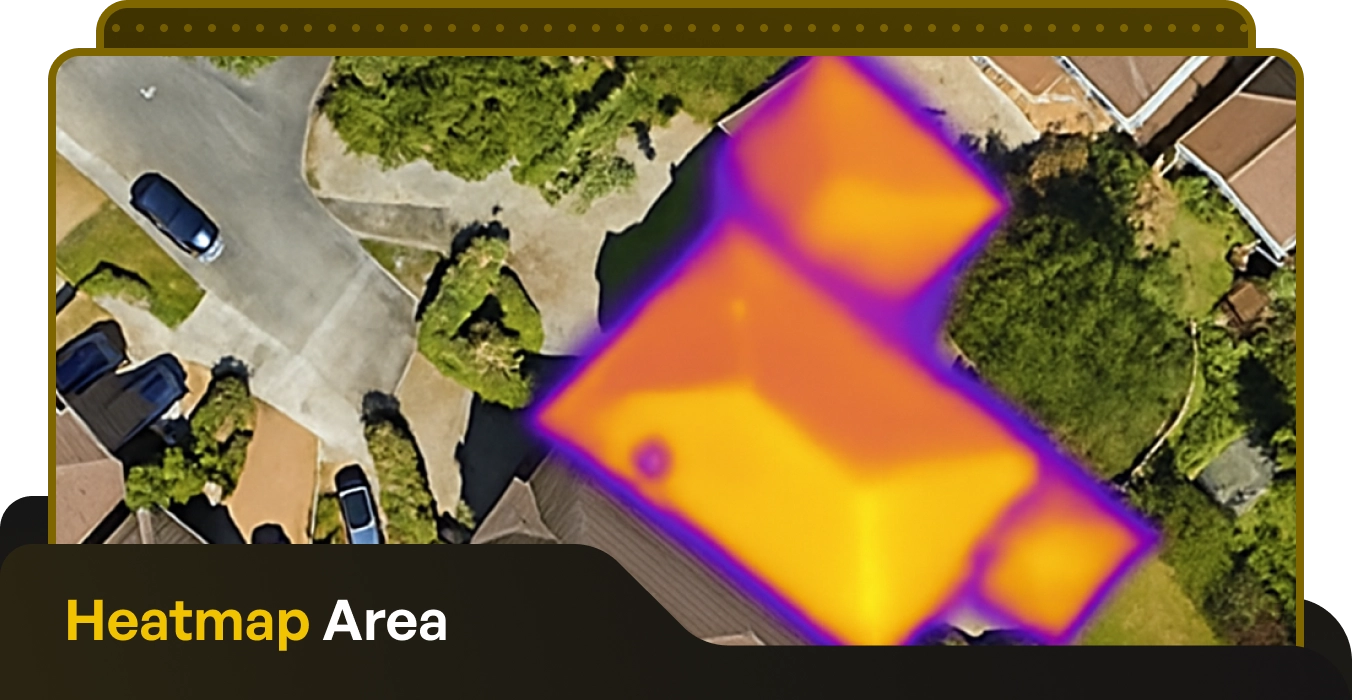Smart Meters “Malfunctioning” – What You Need to Know

Written by: Michael Malone
Published: June 12, 2024
Last updated: October 19, 2025
Reading time: 2 mins
The Ceann Comhairle recently joked that it “appears that smart meters are not that smart” after reports in the media that thousands of them were “malfunctioning”, giving homeowners across Ireland inflated bills.
The problems seem to have arisen due to connectivity issues stemming from weak mobile signals, and the ESB said that up to 80,000 smart meters may have been affected.
Among the factors which may be responsible for this include meters being located in basements and the growth of trees affecting their signal.
Smart Meters rely on a mobile signal to communicate with ESB Networks to deliver data on customers’ energy usage. If this signal is blocked or unreliable due to the meter’s location, it can have trouble doing so.
This has led to some homeowners with poor connectivity receiving estimated bills as a reliable reading could not be sent to the ESB network.
It’s therefore important to note that the smart meters were not themselves “malfunctioning” – and the ESB maintains that the meters themselves were not faulty.
The ESB is continuing the rollout of around 2.1 million smart meters by next year, of which 1.6 million have been installed as of April 2024.
But despite most people now having a smart meter which can accurately read their energy usage, there has been criticism that they are too complicated to understand.
Former Minister for Energy Denis Naughten said that the public doesn’t know how they work and that you’d need a degree to understand them, and there has been confusion about whether people will be charged more with a smart meter.
Smart meters essentially allow for accurate readings, so that instead of having to submit readings or have your meter manually read a few times a year, it’s automatic.
This means that customers actually have more control over their bills, not having to rely on estimates (unless you have been affected by the connectivity issue!).
The confusion might lie in the word “smart” – smart plans offered by electricity providers which offer cheaper electricity at certain times of the day, as opposed to standard meters.
To avail of cheaper electricity with a smart plan, you need to consume a substantial portion of energy at night, which is not feasible for some people.
For example, for new Electric Ireland customers, the Standard Meter Energy Saver tariff is 27.23c per kWh, including a 24% discount.
The Standard Smart Tariff (including a 5.5% discount) is 36.83c per kWh during the day, 19.35c at night (11pm to 8am) and 39.30c during peak hours (5pm to 7pm).
Day/Night Meter rates add to the confusion, with different plans again, and for EV owners there are night boost options which give cheaper electricity for a few hours, usually from 2am.
Despite the rollout of 1.6 million smart meters so far, less than 10% of Irish homeowners have opted for smart meter energy plans. Only 6% are using the cheaper night-time electricity tariff.
Significantly cheaper than the standard rate, the Night Saver Tariff begins at 11pm in winter and at midnight in summer.
It has been suggested that the extremely late start for the cheaper Night Saver tariff is a reason why so few homeowners are availing of it.
Alan Dillon TD recently described the late start time as “ridiculous”, and said changes should be considered to allow for more people to avail of it.
“The late start results in increased demand during peak times, which impacts our electricity grid and environment,” said Deputy Dillon.
“We need the Government to consider a policy shift to ensure that the night rate starts at an evening time, possibly at 7pm or 8pm,” he said.
“This would encourage more people to use their appliances during these times, which would save money, conserve energy and reduce emissions.”
In response to the Deputy’s concerns, Tanaiste Micheál Martin confessed that this is not his area of expertise, but took the Deputy’s point on the policy.
“There is probably room for moving the time,” he said.
Smart Meters “Malfunctioning” – What You Need to Know
Published: June 12, 2024
Last updated: October 19, 2025

Written by: Michael Malone
Reading time: 2mins
The Ceann Comhairle recently joked that it “appears that smart meters are not that smart” after reports in the media that thousands of them were “malfunctioning”, giving homeowners across Ireland inflated bills.
The problems seem to have arisen due to connectivity issues stemming from weak mobile signals, and the ESB said that up to 80,000 smart meters may have been affected.
Among the factors which may be responsible for this include meters being located in basements and the growth of trees affecting their signal.
Smart Meters rely on a mobile signal to communicate with ESB Networks to deliver data on customers’ energy usage. If this signal is blocked or unreliable due to the meter’s location, it can have trouble doing so.
This has led to some homeowners with poor connectivity receiving estimated bills as a reliable reading could not be sent to the ESB network.
It’s therefore important to note that the smart meters were not themselves “malfunctioning” – and the ESB maintains that the meters themselves were not faulty.
The ESB is continuing the rollout of around 2.1 million smart meters by next year, of which 1.6 million have been installed as of April 2024.
But despite most people now having a smart meter which can accurately read their energy usage, there has been criticism that they are too complicated to understand.
Former Minister for Energy Denis Naughten said that the public doesn’t know how they work and that you’d need a degree to understand them, and there has been confusion about whether people will be charged more with a smart meter.
Smart meters essentially allow for accurate readings, so that instead of having to submit readings or have your meter manually read a few times a year, it’s automatic.
This means that customers actually have more control over their bills, not having to rely on estimates (unless you have been affected by the connectivity issue!).
The confusion might lie in the word “smart” – smart plans offered by electricity providers which offer cheaper electricity at certain times of the day, as opposed to standard meters.
To avail of cheaper electricity with a smart plan, you need to consume a substantial portion of energy at night, which is not feasible for some people.
For example, for new Electric Ireland customers, the Standard Meter Energy Saver tariff is 27.23c per kWh, including a 24% discount.
The Standard Smart Tariff (including a 5.5% discount) is 36.83c per kWh during the day, 19.35c at night (11pm to 8am) and 39.30c during peak hours (5pm to 7pm).
Day/Night Meter rates add to the confusion, with different plans again, and for EV owners there are night boost options which give cheaper electricity for a few hours, usually from 2am.
Despite the rollout of 1.6 million smart meters so far, less than 10% of Irish homeowners have opted for smart meter energy plans. Only 6% are using the cheaper night-time electricity tariff.
Significantly cheaper than the standard rate, the Night Saver Tariff begins at 11pm in winter and at midnight in summer.
It has been suggested that the extremely late start for the cheaper Night Saver tariff is a reason why so few homeowners are availing of it.
Alan Dillon TD recently described the late start time as “ridiculous”, and said changes should be considered to allow for more people to avail of it.
“The late start results in increased demand during peak times, which impacts our electricity grid and environment,” said Deputy Dillon.
“We need the Government to consider a policy shift to ensure that the night rate starts at an evening time, possibly at 7pm or 8pm,” he said.
“This would encourage more people to use their appliances during these times, which would save money, conserve energy and reduce emissions.”
In response to the Deputy’s concerns, Tanaiste Micheál Martin confessed that this is not his area of expertise, but took the Deputy’s point on the policy.
“There is probably room for moving the time,” he said.
Solar Energy Saves Households Thousands in Electricity Costs
Take our 2-minute questionnaire and find affordable solar options to suit your budget and lifestyle.



